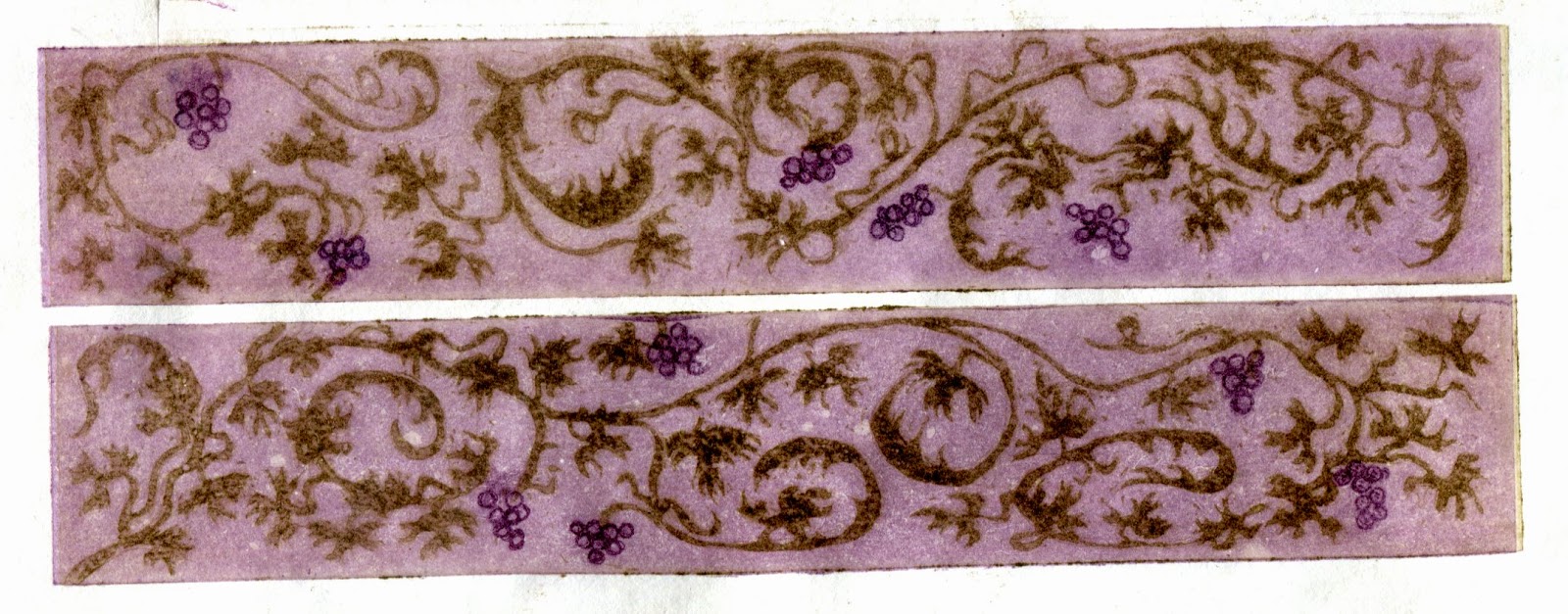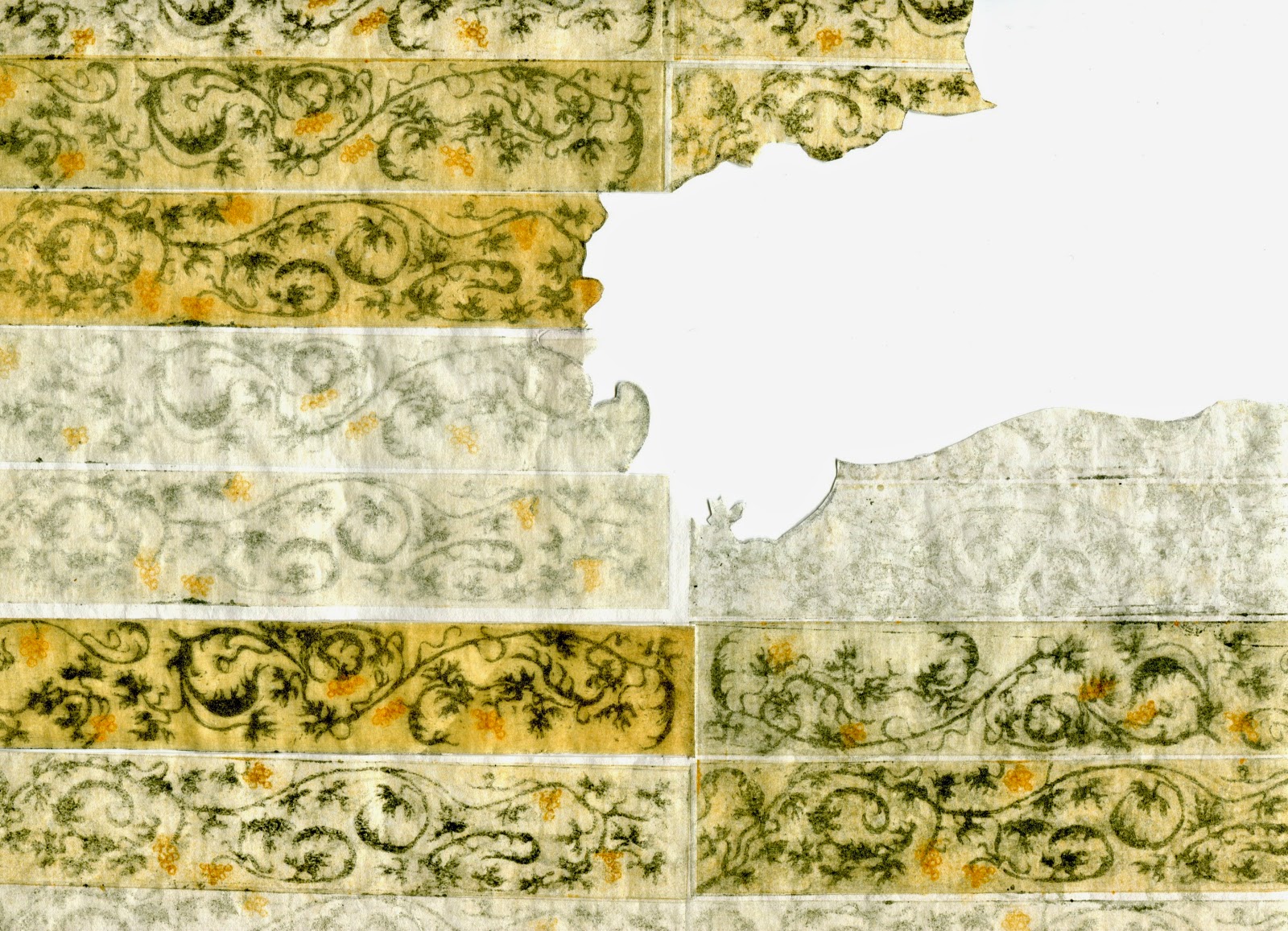This year I have decided to partecipate to the engraving contest organized by the Esdir (Superior School of design in La Rioja) and the Vivanco winery.
Lately the subject of wine, so present in this region, motivates me.
This week has been made public the decision of the jury and one of the 2 engraving I submitted has been selected. There will be an exhibition (from 5 to 29 June in the Esdir) and a catalog of the winners and selected.
The theme of the plates is connected with both the fresco for Laura and the picture for the Piérola's Tralascuestas winery (which are also 2 older posts of this blog).
The first sketches in watercolor showed a threshold, an access to a site throug a step.
At first I was connecting it with the Ariadne's story (as in the picture for Tralascuestas).
I considered pictures of catacombs and Roman marble inlaid floors.
The theme of the plates is connected with both the fresco for Laura and the picture for the Piérola's Tralascuestas winery (which are also 2 older posts of this blog).
The first sketches in watercolor showed a threshold, an access to a site throug a step.
At first I was connecting it with the Ariadne's story (as in the picture for Tralascuestas).
I considered pictures of catacombs and Roman marble inlaid floors.
Catacombs of Via Latina. Rome.
Detail of S. Clemente floor. Rome.
Detail of S. Clemente floor. Rome.
I designed a space in which, through the story of the Minotaur told in pictures on a cruciform floor plan (preceded by an area of the labytinth represented on the floor) you reach a "room" where we see the triumph of Bacchus as a resurrection and the spider web on the ceiling alluding to the constellation in which Ariadna metamorphosed. I used models of art history (a relief of the frontispiece of the western facade of the Basilica of Saint Denis in France for her, for the boat, "St. Nicholas saving the boat" by Fray Angelico in the Vatican Pinacoteca, for the mazein the foreground, a detail of the font of Aguilar de Campoo in Palencia), one of my drawings (for the figure of Theseus/boxer) and anoter one of "Blue", an italian painter who makes "street art" (for the figure of the Minotaur).
Julián sleeping
David Hockney, "Dream inn", 1996.
Etching, plate discarded.
More sketches.
Pencil sketches. Boxer/Theseus (from one of my frescos)
But it was not what I wished and so I changed my mind.
This time I thought to draw inspiration from the mosaics in the basilica of Santa Costanza in Rome.
I decided to revisit the issue of "Apollonian" and "Dionysian/Bacchic " as I did in the fresco for Laura: the rational part, represented by Apollo, who tries to "catch" the instinctive or unconscious part, symbolizes by Bacchus (or Dafne in the fresco). All very "yin-yang".
I drew a figure who is sleeping on a couch with a bottle of wine and a glass on the table and some images of vines hanging over her on the wall (similarly to Santa Costanza). This is with regard to Bacchus.
Regarding to Apollo, another figure (whose head I took from the Apollo of "The forge of Vulcan" by Velasquez) turns the sleeping figure into Bacchus in a drawing. The press "shaft" replaces the sun's rays araund his head.
(I also thought, but then I did not, that I could present to the contest two engravings: the first one, that I have just descrived, and a second one, where Bacchus would have been engraving the artist of the first one).
I drew a figure who is sleeping on a couch with a bottle of wine and a glass on the table and some images of vines hanging over her on the wall (similarly to Santa Costanza). This is with regard to Bacchus.
Regarding to Apollo, another figure (whose head I took from the Apollo of "The forge of Vulcan" by Velasquez) turns the sleeping figure into Bacchus in a drawing. The press "shaft" replaces the sun's rays araund his head.
(I also thought, but then I did not, that I could present to the contest two engravings: the first one, that I have just descrived, and a second one, where Bacchus would have been engraving the artist of the first one).
Pencil sketch
The vines on the wall, pencil sketch
"The Forge of Vulcan" by Velasquez. Prado Museum. Madrid.
Detail of "The Forge". Apollo
Velasquez, head of Apollo
I thought to use some old drawings I did of Julián while was sleeping, but eventually I decided not to do it and for Bacchus I chose a work of David Hockney.
Julián sleeping
David Hockney, "Dream inn", 1996.
Etching, plate discarded.
More sketches.
I liked the idea but I grew tired of so much artistic references (references where much better than my engraving). I wished something simpler.
I did the copper plates with the vines and replaced the engraver of the first plate with an "Apollo" more "usual", while is taking a foto.
I did the copper plates with the vines and replaced the engraver of the first plate with an "Apollo" more "usual", while is taking a foto.
The 4 small copper plates with vines and grapes.
Proof in black ink discarded.
Proof in green and purple discarded.
Etching, aquatint and a bunch tattooed in a collage.
The first of the 2 engravings I presented is tinted with various colors, with quite " veil". Apollo appears only with a slight aura and, near Apollo, the glass and the bottle gain importance.
Etching, aquatint and a bunch tattooed in a collage.
I put the bunch of grapes to indicate that "the bacchic/dionysian" fascinates Apollo, but now, if I had to press more proofs, i wouldn't add it, it would seem to my an extra.
I prefer the choise I did in the second engraving to express the same idea.
While I was doing color tests for the vines I began to fantasize about the idea of multiplying the stripses of vines coloured with different intensities to create a more "dreamlike" (?) environment.
I stay with a sentence of Cavafis I read the other day in an article on the current situation in Greece. "The fact that we have reduced to pieces their statues and we have dragged them away from their temples, it does not mean that the gods are dead".
Catalog of the contest: http://www.esdir.eu/Upload/Externos/catalogo-VII-Vivanco/
I prefer the choise I did in the second engraving to express the same idea.
While I was doing color tests for the vines I began to fantasize about the idea of multiplying the stripses of vines coloured with different intensities to create a more "dreamlike" (?) environment.
Tests with chosen colors
Apollo invaded by the Dionysian, printed test
And this is the selected engraving:
Bacchus and Apollo
I stay with a sentence of Cavafis I read the other day in an article on the current situation in Greece. "The fact that we have reduced to pieces their statues and we have dragged them away from their temples, it does not mean that the gods are dead".
Catalog of the contest: http://www.esdir.eu/Upload/Externos/catalogo-VII-Vivanco/


























